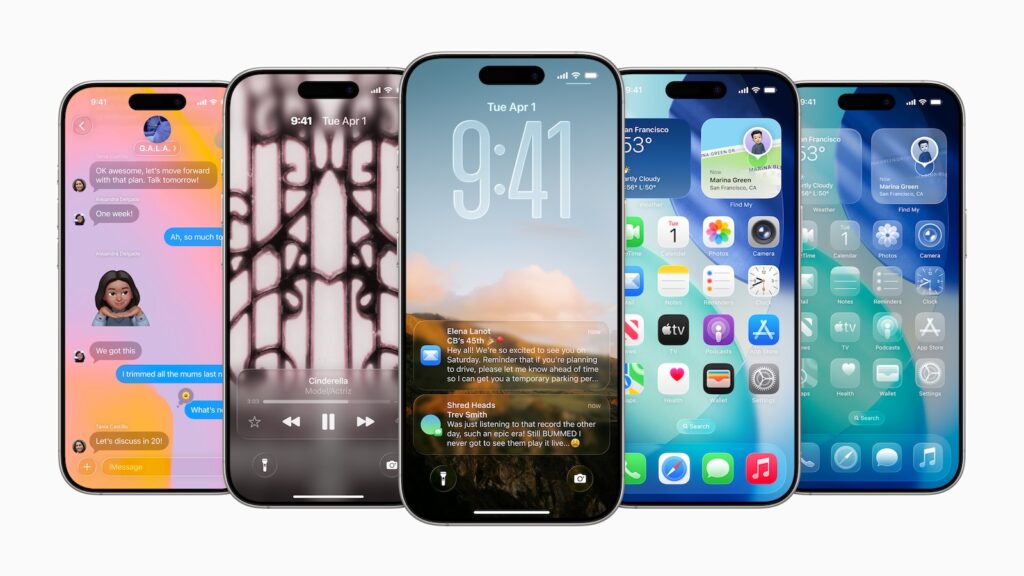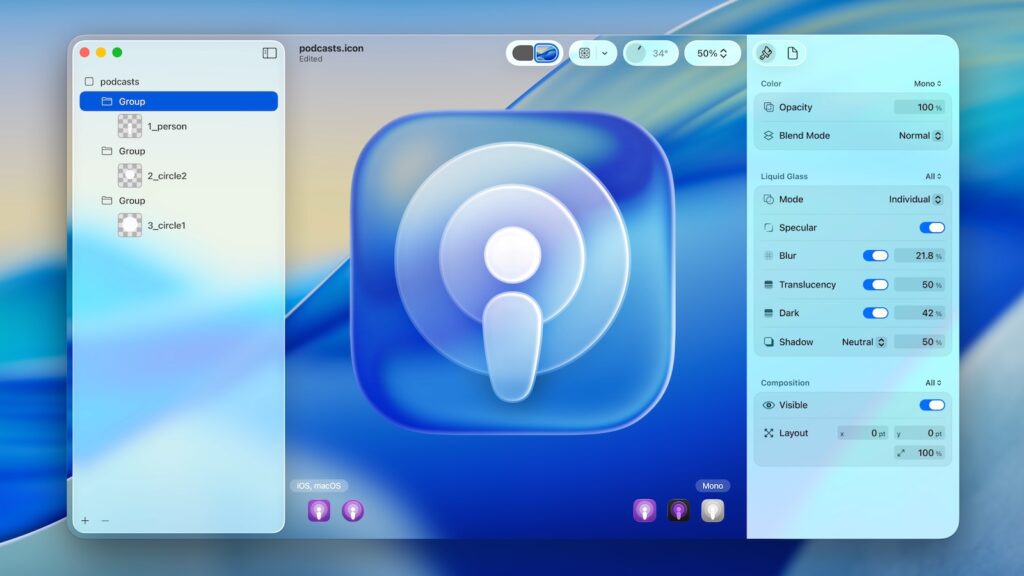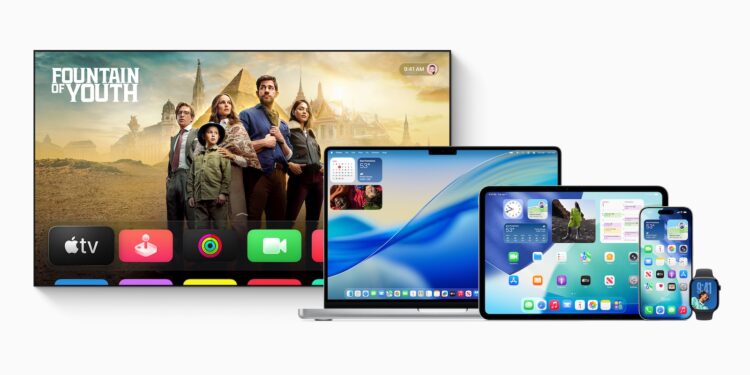Apple has unveiled a new software design across all of the company's platforms—iOS 26, iPadOS 26, macOS Tahoe 26, watchOS 26, and tvOS 26. At the center of it all is a new material called Liquid Glass, designed to highlight content while keeping the system familiar. The design is designed to be cleaner, more vibrant, and more functional—without being intrusive.
Apple has always pursued the goal of seamlessly connecting hardware and software. Now the company is taking another step to make this integration even clearer. With a universal design approach, Apple is bringing new visual elements, sophisticated animations, and dynamic interfaces to all devices. The user experience remains familiar, but more modern and flexible. Anyone who uses an iPhone, iPad, or Mac daily will notice many changes—especially in the way content is presented and how controls behave.
Liquid Glass: the central design element
At the core of the new design is Liquid Glass – a translucent, digital material that creates visual depth. It reflects and refracts the surroundings, changing depending on content or context, creating the appearance of a blend of real glass and liquid light. Rendered in real time, Liquid Glass reacts to movement, displays reflective highlights, and adapts to bright or dark environments. The material is used in many areas: buttons, toggles, sliders, text fields, media controls, tab bars, sidebars, and even system-wide interfaces like the lock screen, home screen, Control Center, and notifications.

Cross-platform design
For the first time, the new design is being rolled out across all Apple systems. On iOS 26, tab bars automatically shrink as you scroll, making more space for the content. As soon as you scroll back up, they reappear. This makes navigation more compact yet easier to access. In iPadOS 26 and macOS Tahoe 26, the sidebars have been redesigned, for example in apps like Apple TV, to make the user experience more immersive. On the Apple Watch, clearer controls and reduced interfaces provide a better overview. On Apple TV, menus and content benefit from the new graphical clarity. The consistent visual language is particularly striking – despite the differences between small watch screens and large monitors, the design remains consistent.
System-wide changes
The system UI has also been updated. The clock on the lock screen is now also made of Liquid Glass and automatically adapts to the selected wallpaper. Widgets, app icons, and the dock on the home screen and desktop consist of multiple layers of Liquid Glass and appear light or dark depending on the background. In macOS Tahoe 26, the menu bar has been made completely transparent. This makes the display appear larger and brings content more to the forefront. Additionally, users can customize the desktop with widgets and icons—with new colors and a cleaner look.

Revised apps
Many Apple apps have been redesigned as part of the new design: Camera, Photos, Safari, FaceTime, Apple Music, Apple News, and Podcasts feature updated controls, regrouped navigation bars, and customized toolbars. These new UI components are no longer strictly rectangular, but instead adapt to the rounded corners of the hardware. The controls sit as their own functional layer above the app content. They change dynamically depending on which function you need or where you go within the app. This new structure helps you navigate more quickly without overwhelming you with too many options.
Innovations for developers
It's been made easier for developers to adopt the new design. Those working with SwiftUI, UIKit, or AppKit can access updated APIs. Liquid Glass is available right away, as are the new controls and navigation patterns. The goal is to seamlessly integrate third-party apps into the new design – without lengthy conversions. This also benefits users from a more consistent user experience, regardless of which app they're currently using.

Apple relies on cautious change
Apple's new software design brings many changes without fundamentally altering the user experience. Liquid Glass is at the center of it, ensuring a more modern, dynamic display across all devices. Apple is thus laying the design foundation for future developments while preserving familiar workflows. It's not a radical overhaul, but rather a systematic refinement at all levels. If you use an Apple device, you'll gradually encounter the new design over the coming months. It brings clarity, consistency, and visual elegance—and that's exactly what Apple has been focusing on for years. (Image: Apple)
- Apple Intelligence: New AI features in focus
- AirPods Update: Control Studio Sound and Camera via Stick
- visionOS 26 at a glance: All new features and improvements
- watchOS 26 – All new features at a glance
- macOS 26 in detail: New design, AI and more
- iPadOS 26: New design, AI features, more control
- iOS 26 introduced: Apple brings major innovations to the iPhone
- Apple presents new developer tools for modern apps
- tvOS 26 significantly improves Apple TV – all information about the update





